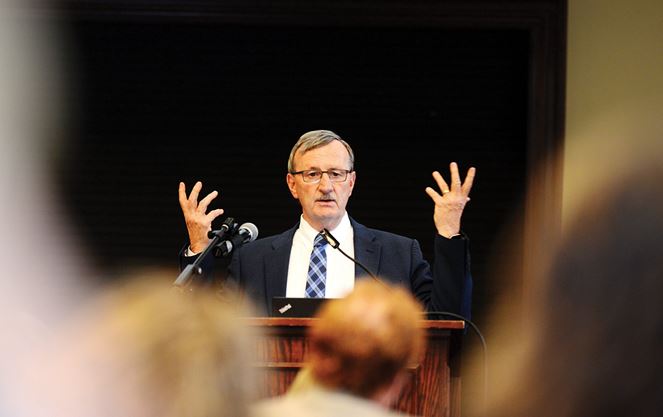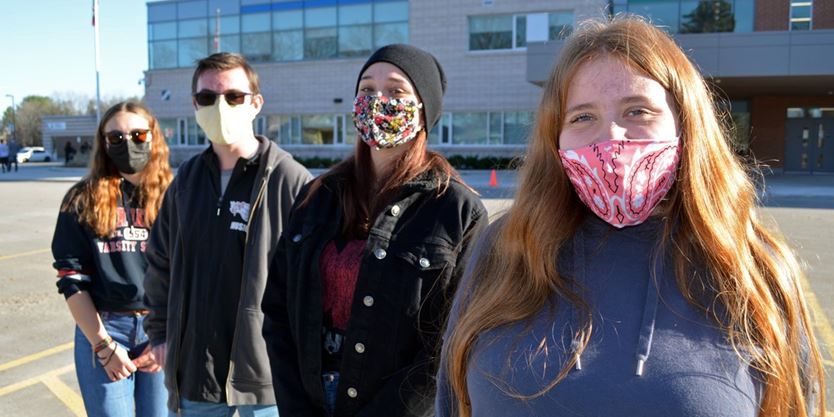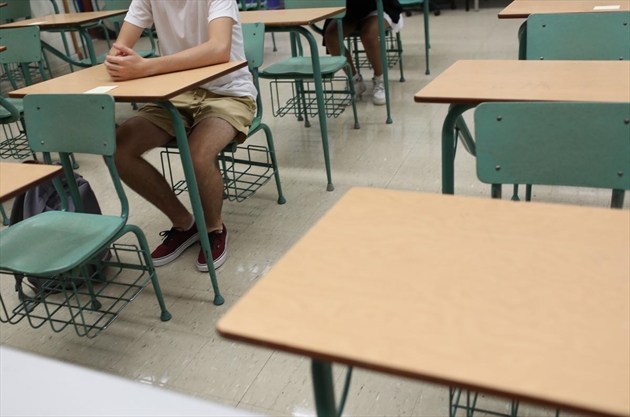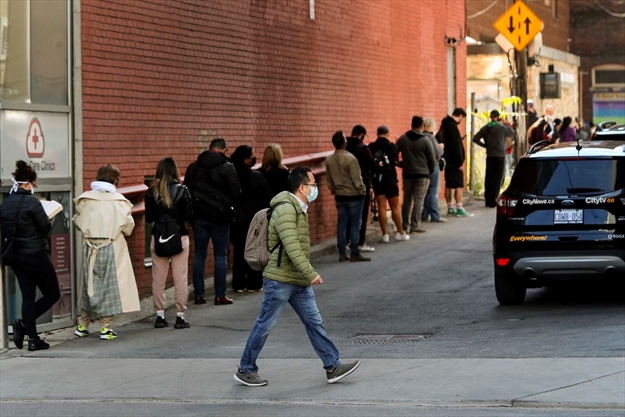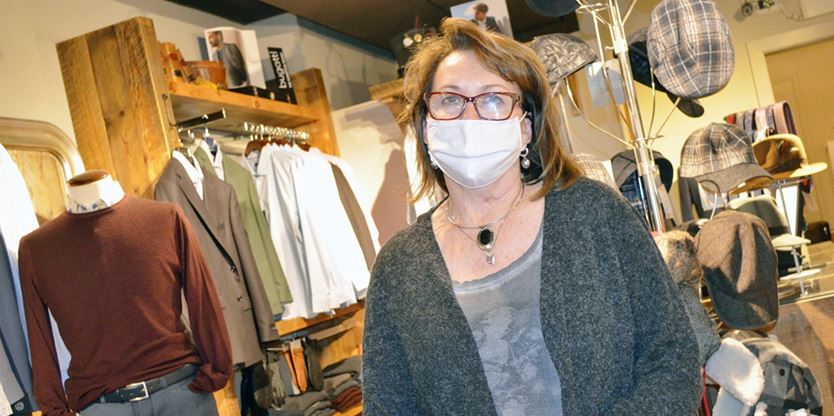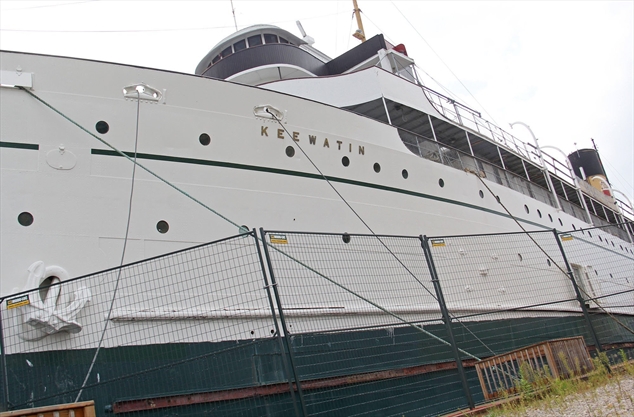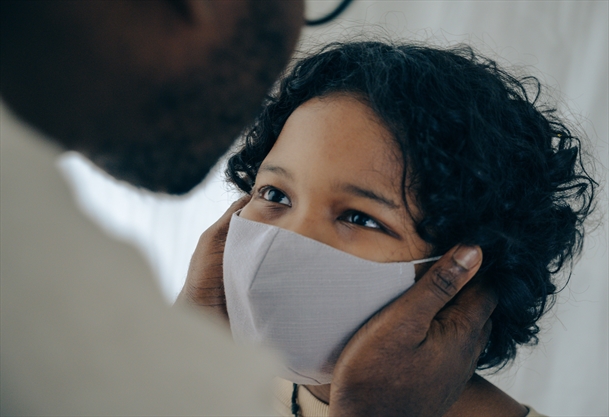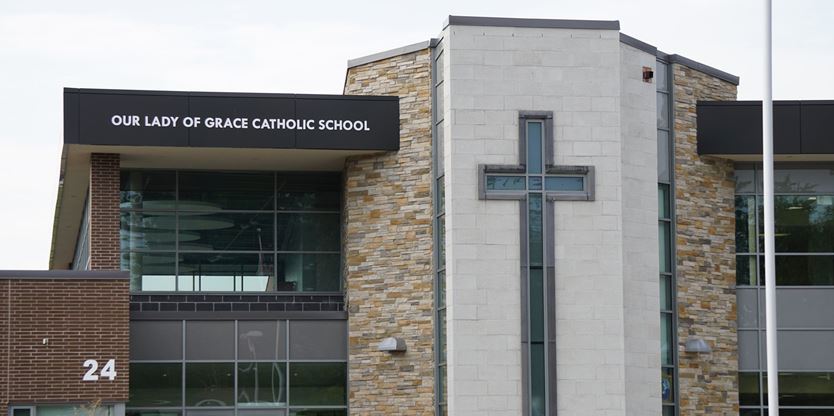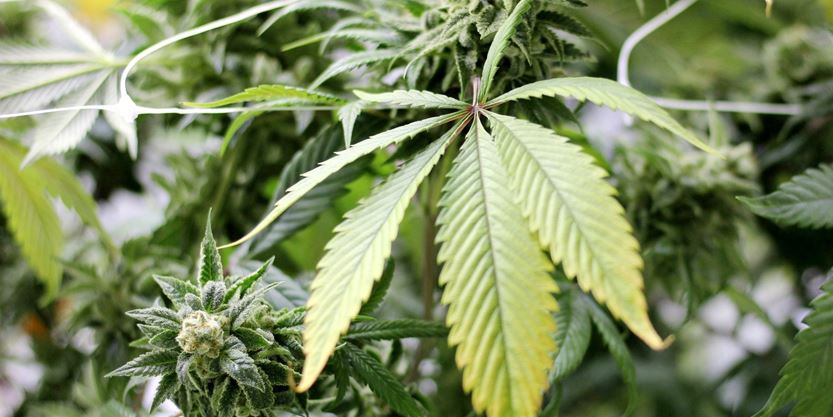3 things Ontario’s new COVID-19 modelling data tells us
Ontario has released its latest COVID-19 modelling projections, changing its outlook considerably since it released its last set of projections on Oct. 29.
“The spread of the pandemic at this point is quite significant,” said Dr. Adalsteinn Brown, dean of the Dalla Lana School of Public Health, as he presented the latest modelling data on Nov. 12. “Given a relatively consistent volume of testing, case rates are rising substantially. This is challenging and dangerous news for the health system.”
During the last update in October, Premier Doug Ford expressed optimism that the province was moving away from the worst-case scenario, even going so far as to call the update “good news.” Ontario recorded 934 new cases of COVID-19 and 10 new deaths that day, and was projected to see, at most, about 1,200 cases per day by mid-November.

The province blew past 1,200 daily cases on Nov. 8, with 1,328 new cases, and reported a record 1,575 new cases on Nov. 12.
Here are three things you need to know about Ontario’s newest modelling projections.
The curve
Despite the provincial government’s confidence in October, Ontario is not flattening its epidemic curve.
COVID-19 hospitalizations have risen by 61 per cent in the past three weeks, and the number of outbreaks has risen by 57 per cent in the past week. Mortality rates are also rising in long-term-care homes.
“Long-term-care home resident mortality is increasing and as community spread continues, outbreaks will increase,” Brown said. “And as outbreaks increase, the risk of mortality in long-term-care homes will continue to increase.”
 This graph by COVID-19 MC charts the path of Ontario’s epidemic curve in the coming weeks if the province maintains a daily COVID-19 infection rate of 5 per cent. – COVID-19-MC graphic
This graph by COVID-19 MC charts the path of Ontario’s epidemic curve in the coming weeks if the province maintains a daily COVID-19 infection rate of 5 per cent. – COVID-19-MC graphic
Brown said the province is currently experiencing a COVID-19 case growth rate of four per cent, and compared our epidemic curve with those of several European countries struggling to flatten their curves despite imposing lockdown measures, including France, the Netherlands, the U.K. and Germany.
If Ontario’s growth rate continues at three per cent, its epidemic curve will surpass France’s before the end of December. If it continues at five per cent, which Brown said tracks closer to our current growth rate, our epidemic curve will soon exceed those of France, the U.K. and Germany.
The projection
At a growth rate of three per cent, Ontario could see 3,000 to 4,000 new cases of COVID-19 per day before the end of December. At a “fairly optimistic” growth rate of five per cent, Brown said the province could see between 6,000 and 7,000 daily new cases.
Ontario’s intensive care units have a capacity threshold at which they need to reduce access to care for non-COVID-19 patients. That threshold is 150 ICU beds, meaning care is reduced once 150 ICU beds are occupied by COVID-19 patients.
At both projected growth rates, Ontario will have exceeded its ICU occupancy within two or three weeks.
Before the end of December, Brown said, all projected scenarios have Ontario exceeding 200 ICU beds, with 450 beds occupied by COVID patients in the worst-case scenario.
The call-to-action
Dr. Dirk Huyer, Ontario’s chief coroner, said during the Nov. 12 announcement that most of Ontario’s outbreaks can be linked to social gatherings like Halloween parties, weddings, worship events, after-work get-togethers and other similar gatherings.
For this reason, Dr. David Williams, Ontario’s chief medical officer of health, called on Ontarians to avoid gatherings and limit their outings to essential trips, especially in COVID-19 hot spots.
“You need to understand that by going out in congregate settings, you can put yourself at risk,” he said, reminding Ontarians to use proper hand hygiene and follow public health guidelines.
“The numbers are in front of us, the task is in front of us, and the solution we’re aware of.”
Williams did not announce any new containment measures by the province.
